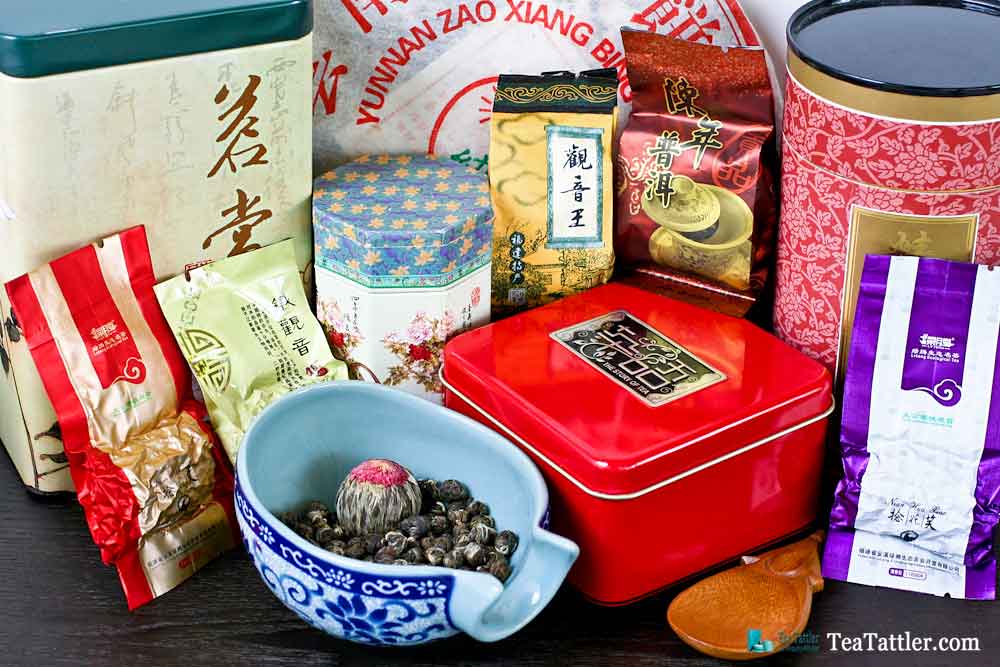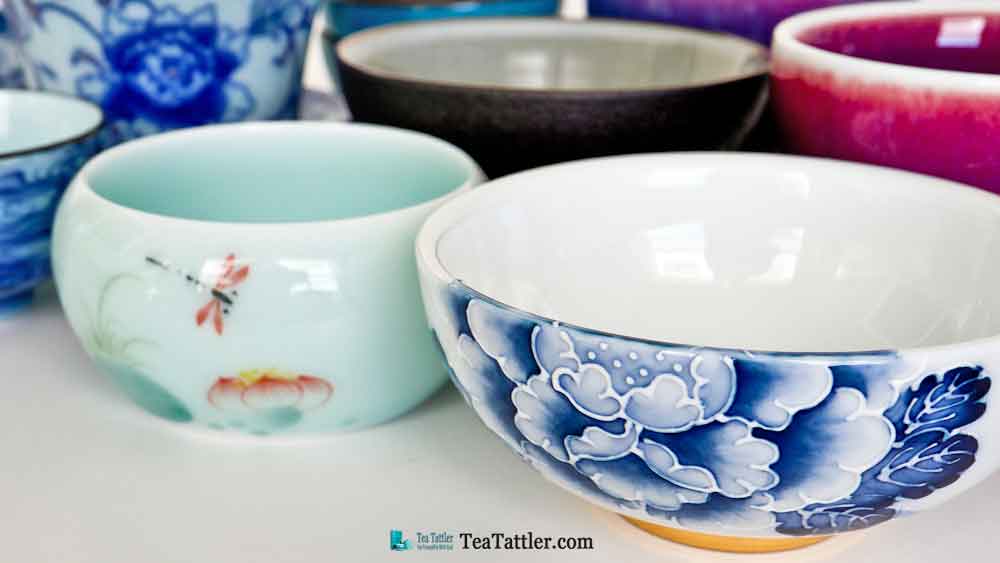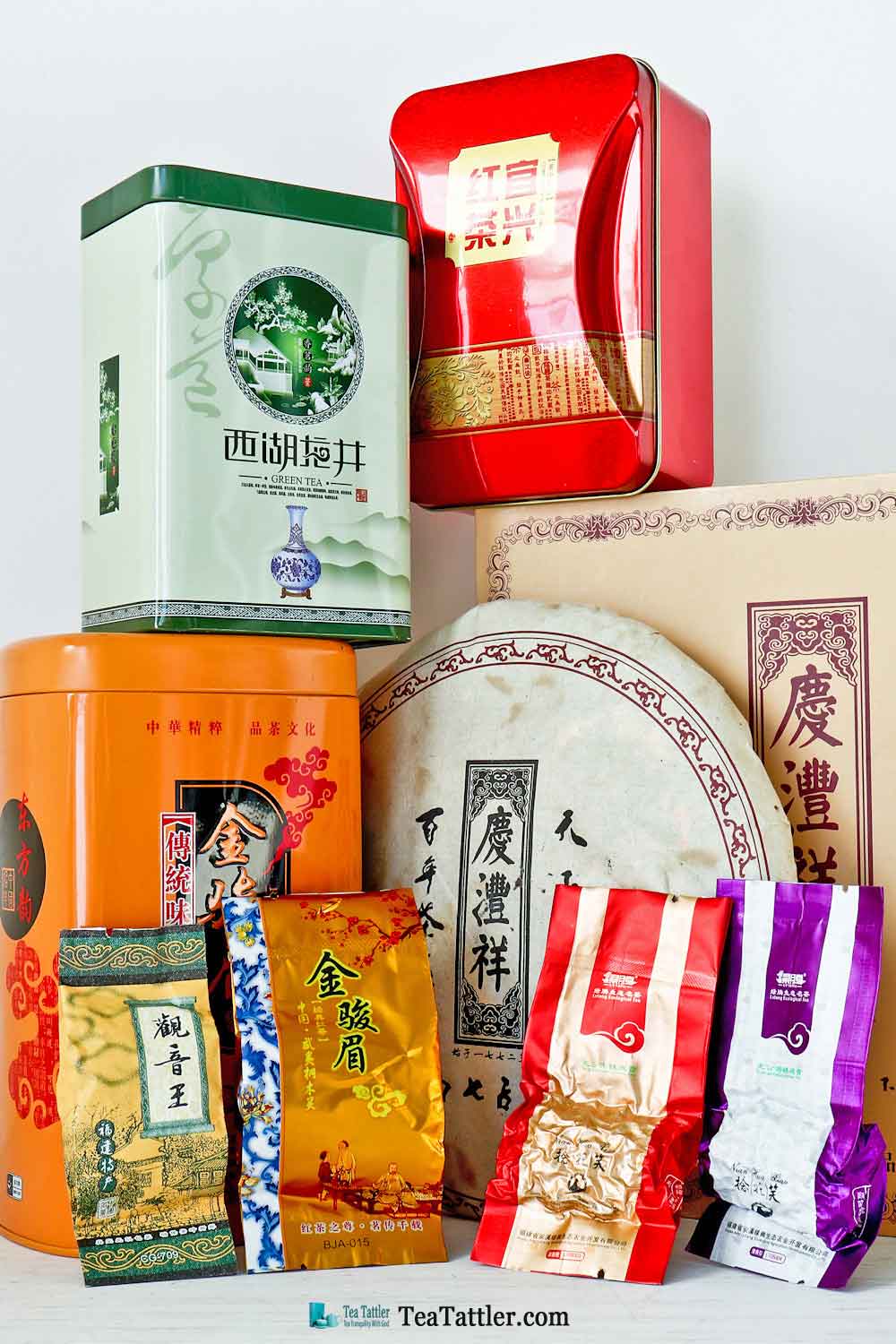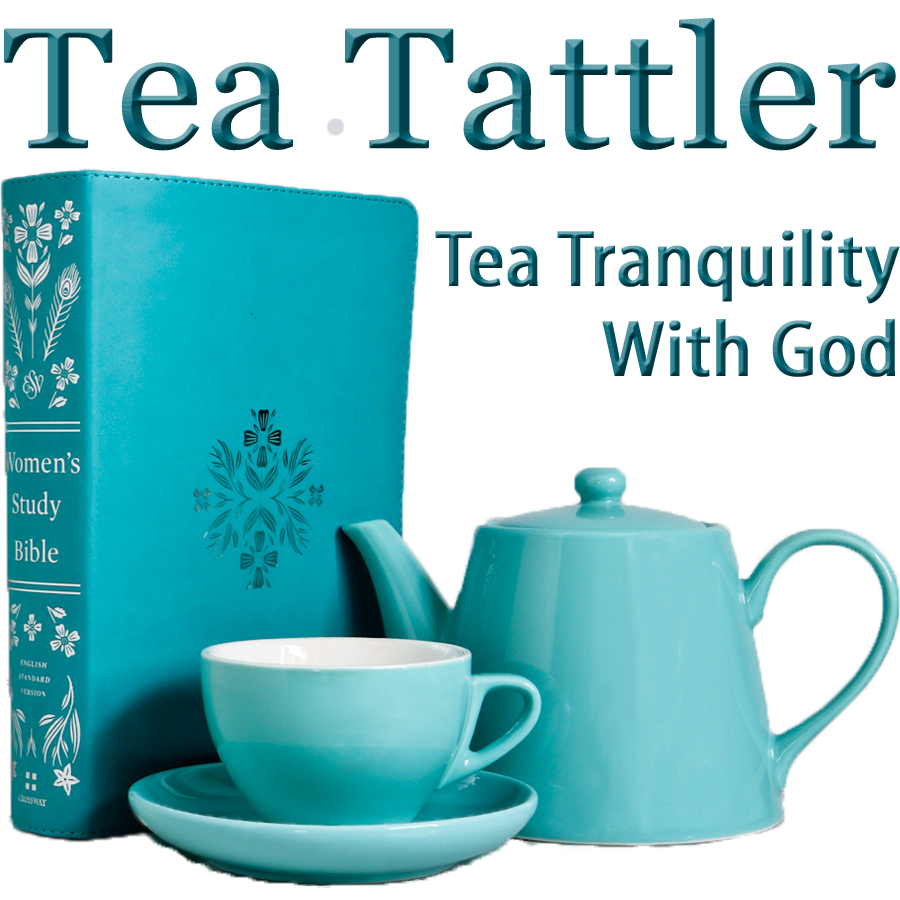Whether it is called tea, teh, tay, cha, or chai you are actually saying it in Chinese. All these words have their origin in the Chinese dialects used to describe the brew made from camellia sinensis. Tea was exported out of the ports of Southern China. Hence, the Fujianese te (pronounced tay) or the Cantonese ch’a. Simply written, the character is 茶. History has it that the Chinese started making tea somewhere around the third century B.C.
The Origins of Tea
A universal beverage in the Celestial Empire may have started with an obscure pot of dried leaves brewed in a corner of some ancient Chinese apothecary. By the 3rd century AD, systematic cultivation of tea bushes on well drained hillsides came into being along the Yangtze River. Tea came into its first golden age during the Tang Dynasty when people consumed tea for leisure instead of just for medicinal purposes. In those days, tea was shipped in dried solid bricks (a method still preserved in Pu-erh tea today). These tea bricks were broken up for brewing tea. When traders and priests from Tang China travelled to Japan and Korea, tea drinking became established in those countries.
Powdered Tea
became all the rage during the Song Dynasty. Tea arrived in powdered form which was then whisked to produce a frothy mix. A Japanese monk named Easai visited China at this time. He brought back this fashionable way of preparing tea together with Zen Buddhism to Japan. This method of tea preparation is still preserved in Japanese tea ceremony today.
Loose Leave Tea
The Chinese began brewing loose leaf teas during the Ming Dynasty. They discovered that a smooth golden liquor can be achieved when the leaves are fermented and dried. What is now universally known as oolong and black teas date from that period. Fermented teas also keep their fragrance and flavor much longer than green teas. Thus, they were shipped together with silk and porcelain to new markets in Europe.
All the Tea in China

All the Tea in China
Teaware
With each step in the development of tea brewing, new porcelain ware kept pace with the demands of tea culture. During the Song Dynasty the tea bowl was pre-eminent and grew into an art form. Later, brewing loose tea leaves demanded a new vessel suitable for infusing the leaves, keeping the liquor hot, and holding back the leaves when pouring. This became the teapot and it is today the universal symbol of tea brewing. In fact, hardly anyone can imagine a time before teapots existed.

Tea Today
The 20th century was largely a difficult time for tea cultivation in China because of the upheavals of war and politics. Expensive Chinese teas were less available and foreign teas became more prominent in the world market. Today, with new affluence in China top grade teas are again being cultivated after decades of socialist austerity. It is now common to come across many exquisite varieties that were once confined to the Imperial Court and nobility. Tea from China has regained its status as a symbol of fine living and luxury. All the Tea in China is once again an apt expression of great wealth and immense promise.


 Hi, Please join us as we explore Scripture and the joys of tea together.
Hi, Please join us as we explore Scripture and the joys of tea together. 





